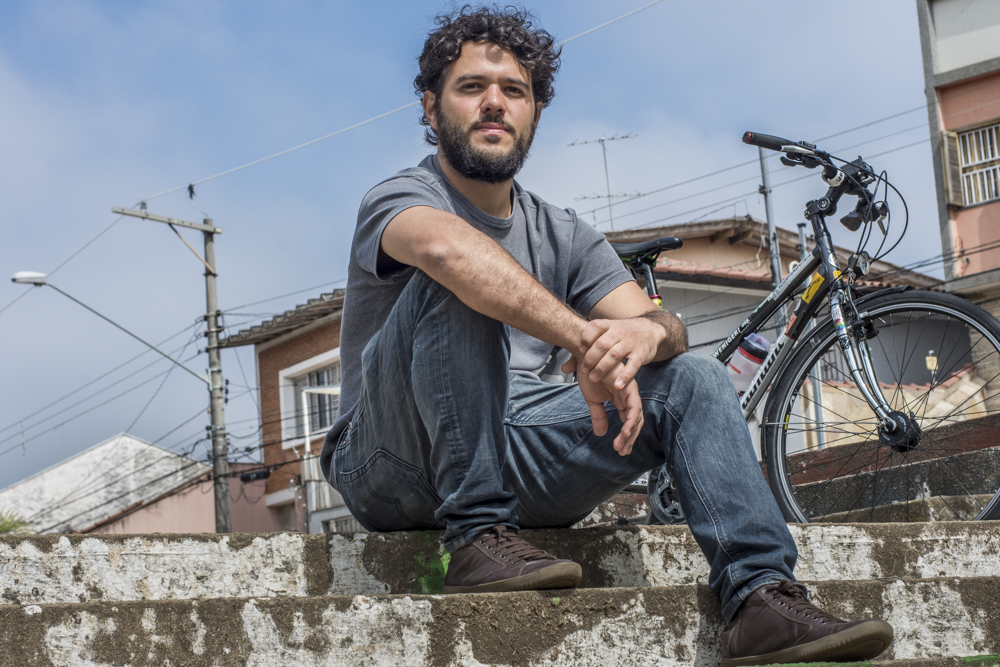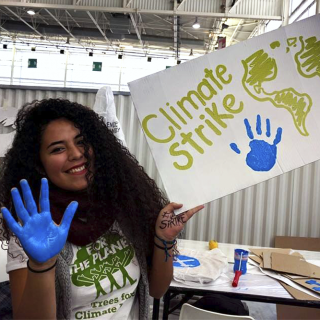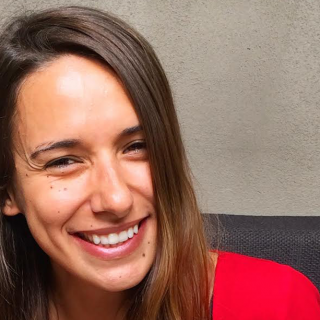The city of São Paulo had just over 47 kilometers of bike paths in 2010. At that time, a movement with no leaders named Bicicletada, also known as Massa Crítica (Critical Mass), was at its height. Joao Paulo Amaral, best known as JP, used to go every last Friday of the month, the official day of the event in several cities of the world, to Praça do Ciclista on Paulista avenue in São Paulo. From there, they used to ride their bikes, and still do, to spread the word about this means of transportation, and demand more favorable conditions for the use of bikes. Their aim was to create more sustainable transportation for people in cities.
JP had always been a biker. “The bike is part of my most lasting memories of my childhood,” he says. But he always tried to bring along a friend who wasn’t used to biking. He thought it was important that more and more people had the opportunity to take part in that moment, during the “concentration”, when people are waiting for the time to leave for the bike tour. Conversations about urban mobility, public policies and the environment happen naturally and end up engaging those unfamiliar with the cause. But JP’s invitations often met with refusal: people said they felt unsafe riding in the city streets. He used to volunteer himself to pick up the guest at home and bring him back safely.
Soon, JP encouraged other biking friends to do the same. And, suddenly, Bike Anjo was born, informally. Now the most inspiring and important bike activism group in Brazil, it has been created by experienced bikers and volunteers. Bike Anjo helps beginners to ride, overcome the fear of streets and choose the best routes. “The group became official when a journalist asked for the contact information, to publicize the service in a newspaper. We did not have a website at that time so we created one. There were five or six of us and soon lots more arrived,” he says.
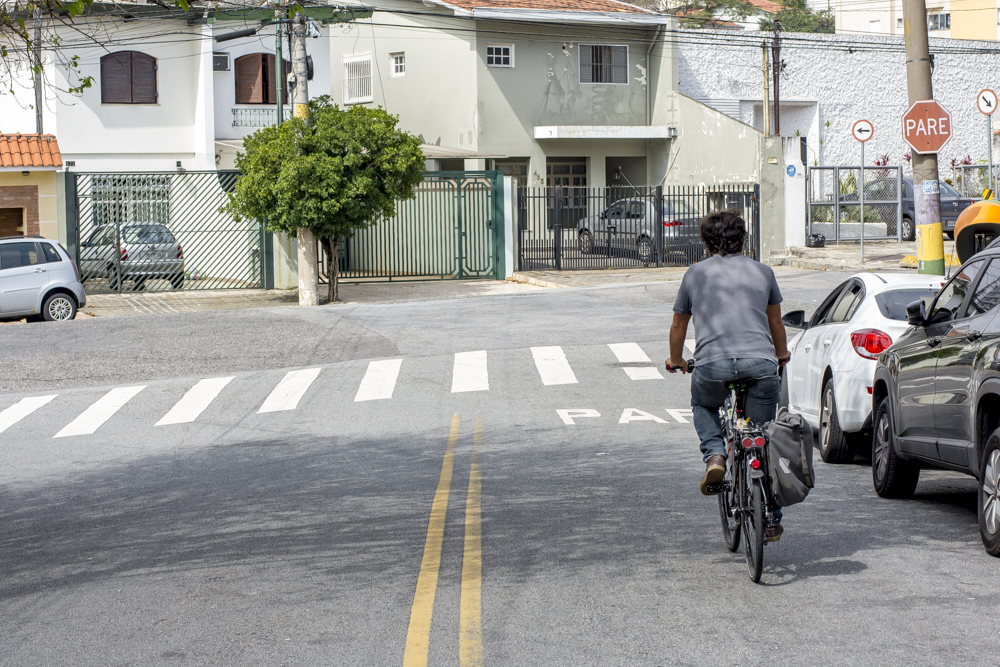
The group JP created teaches beginners to choose the best routes around the city (Pepe Guimarães/Believe.Earth)
GLOBAL COMMUNITY
Seven years have passed since the bike path structure of São Paulo reached more than 400 kilometers. Bike Anjo has gained a platform and the number of bikers has increased and crossed borders. There are now 5,660 volunteers in 601 cities from 28 countries including Australia, the United States, Portugal and even Nepal. In some places, the movement is named Bike Buddy.
The group also took on more projects. De Bike ao Trabalho is an action that promotes biking to work and happens every second Friday of May. But the most exciting experiences come from the days when Escola Bike Anjo (EBA) classes are held, which teach people of all ages how to ride. “There are no words to describe the joy of seeing a person riding for the first time,” says JP.
Bicicleta nos Planos is a campaign in partnership with União de Ciclistas do Brazil (UCB) to include biking in the mobility guidelines of cities with more than 20, 000 inhabitants. As part of this project, JP keeps traveling and talking about the inclusion of bikes to public officials and activists all over Brazil. “More than a sustainable and revolutionary means of transportation, bikes are one of the best tools to engage people and connect them with cities and many other causes,” he says.
JP is graduated in environmental management at Universidade de São Paulo (USP). He developed his passion and curiosity for cities in high school, when he was punished by his geography teacher. The students made a mess during a school trip and as a punishment they were asked to build a food garden in one of the school’s parking space. “I realized that it was much better to have plants in that spot than cars,” he remembers.
His ideas about equality and quality of life in cities gained force when he was at the university. “Whenever I heard about environmental protection, it was something about forests, oceans and rivers. Almost no one used to discuss this in the context of urban centers. We needed to have a close look at the cities. They were polluted and unequal because of an excess of cars and too few green spaces.”
He began his activism as a volunteer, in his spare time when he wasn’t working as a consultant in large companies. The cause turned into a profession. The income he receives from projects and advice to international NGOs is modest but enough to make him happy. “A bike teaches you that we need very little. More and more I like to have only the essentials.”
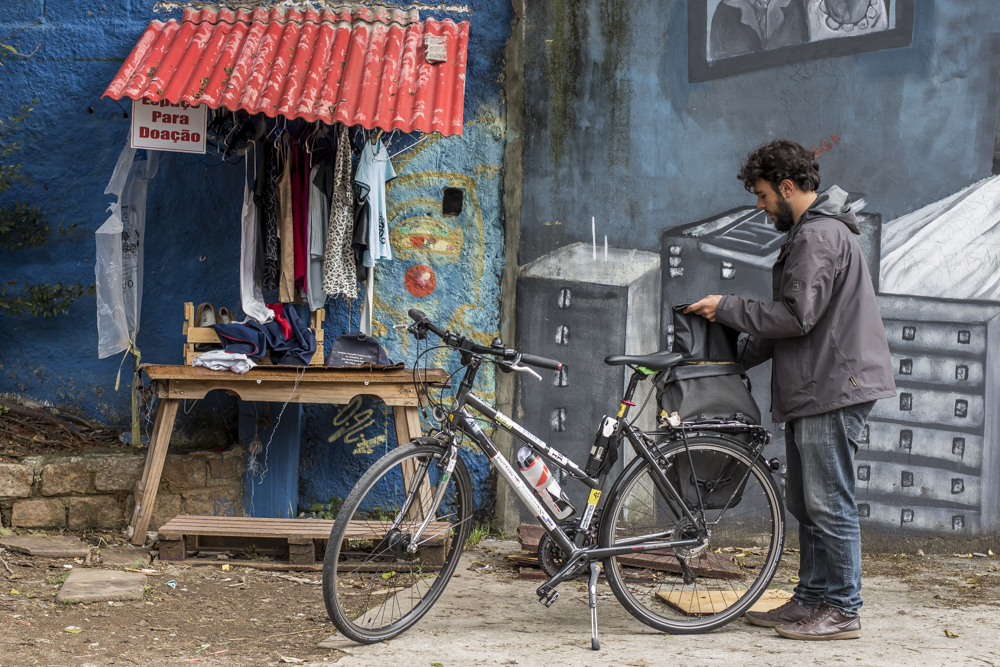
JP exchanges some spare clothes at a donation stall (Pepe Guimarães/Believe.Earth)
THE SIMPLICITY OF HAPPINESS
During the photo shoot for this report, JP stopped at a donation stall on Saramenha street in Pompeia to exchange two new pieces of clothes he got from his mother. “That’s what I need today. When you get connected to the city, you gain another perception and you need much less,” he says. He has few material demands in his daily life nowadays. About work, he believes it must have a purpose, be fun and bring you closer to the city.
Spending two years in Germany reinforced the desire for simplicity. JP got a scholarship to study the use of bikes through the “German Chancellor Fellowship for Tomorrow’s Leaders” program from Fundação Alexander von Humboldt. He visited 46 cities from 16 countries, lived with activists from different parts of Europe and saw up close what was being done there to improve the use of bikes among the population. He came back with different thoughts: “Bikes are not only a means of transportation. We need to think about them as tools for education in schools, for health promotion, for climate management policy and for helping to reduce the emission of pollutants.”
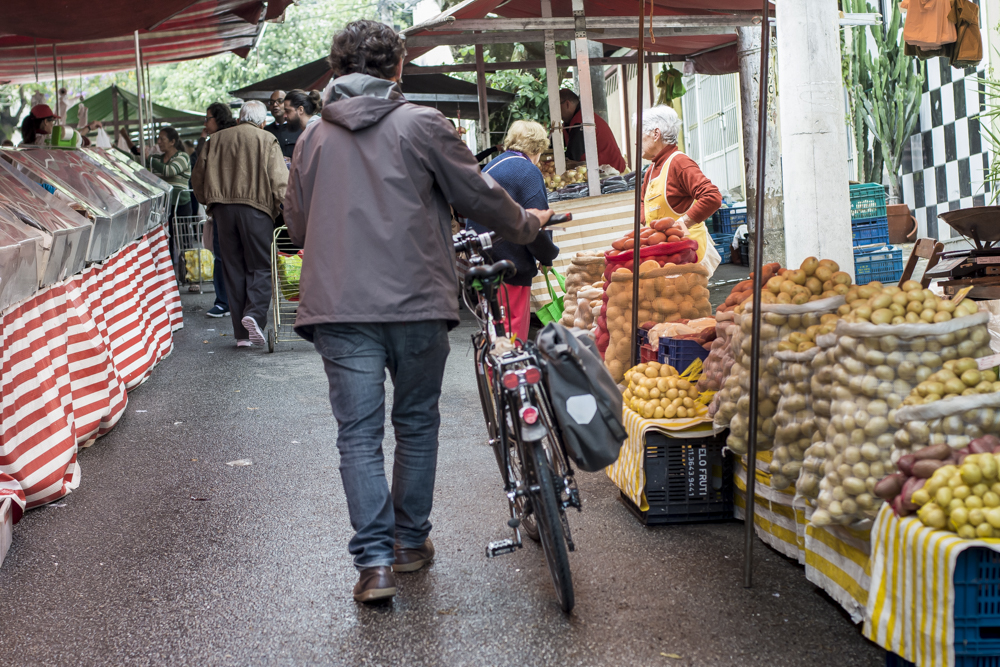
Going to the street fair by bike can be an exploration of the affective memories from your neighborhood (Pepe Guimarães/Believe.Earth)
But the responsibility of being a professional biking advocate does not, for JT, take away the pleasure of being a biker and riding out there. A simple activity like going to the street fair of your neighborhood turns into a tour of discoveries. A moment to revive the affective ties with the city. A simple wall along the trip evokes the memory of an important relationship. Such experiences inspire a different approach to urban life. A little further along on our journey, JP puts a flower found on the sidewalk on a gate. It looks like a masterpiece or maybe just a gesture of beauty and gentleness for his neighborhood.
Our tour takes place between Pompeia and Perdizes. He does not care about the topography or the difficulty of riding in the area. After all, these hills allow him to see the horizon and feel the freedom within the city. A pleasure that only those who pull and push bikes up a slope know.
